
8 B2B eCommerce Resources You Need To Bookmark Now
eCommerce juggernaut Jeff Bezos knows the importance of the customer experience better than anyone. How does Amazon continue to innovate in this area year over year and lead the pack? For one thing, Amazon acts quickly to move on to new trends in buyer habits. For B2B eCommerce companies, being late to the party means losing authority and customers to competitors.
The most pressing questions we get from clients and partners are: How can B2B companies differentiate themselves from the competition? How do these companies attract and retain customers? What trends in the industry should we be aware of and take advantage of? If you share these concerns, look no further!
From eCommerce features that make revenue explode to areas B2Bs are investing for the year ahead, we’ve compiled our top tips and insights from 2020 in our latest B2B Round-Up! Take a look.
5 Must-Have B2B eCommerce Features of 2020
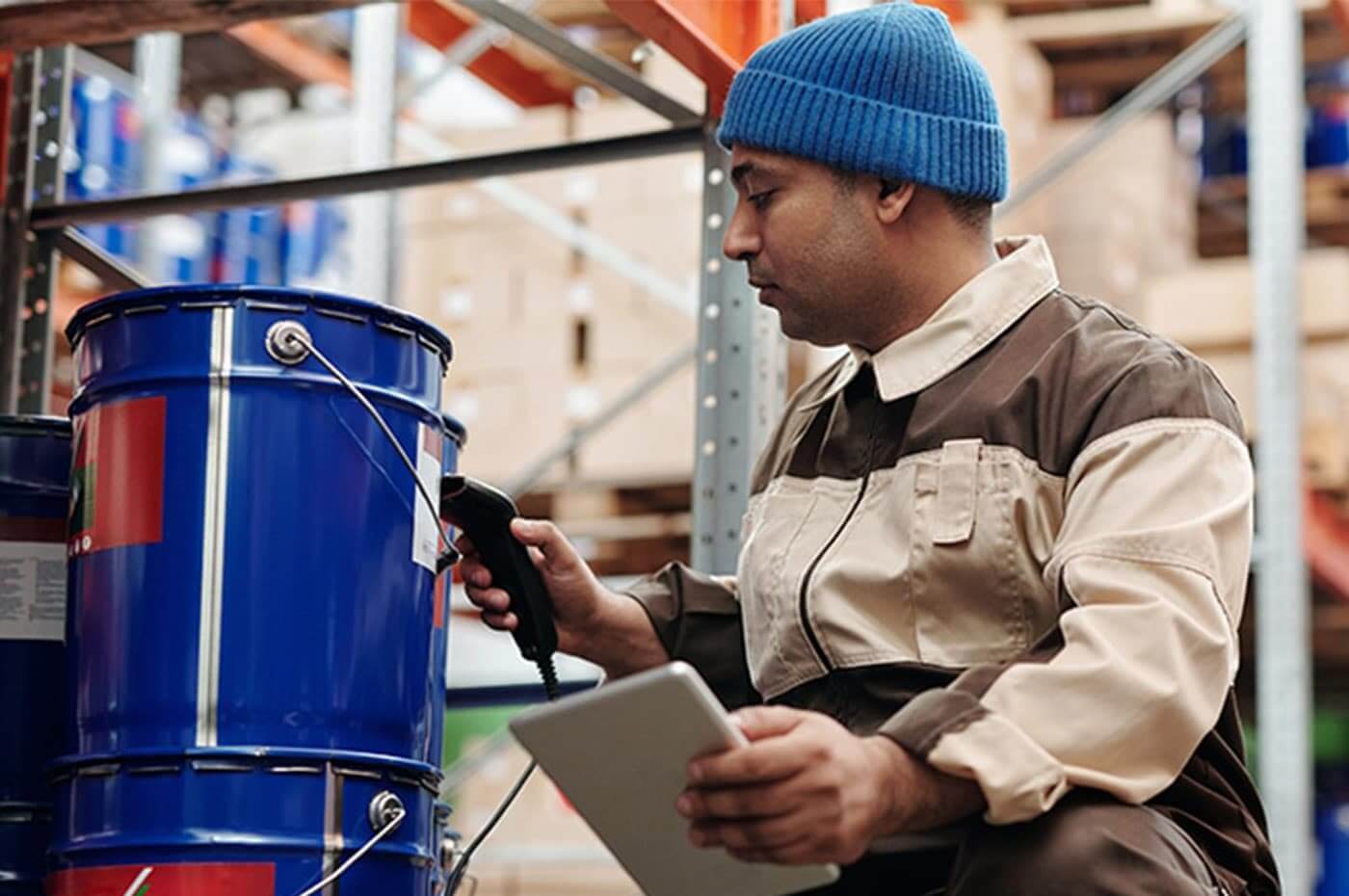
“According to TrustRadius, 45% of the B2B buyer demographic is 25-34 years old. This makes them the single largest demographic of B2B buyers today. But what does this mean for you, the B2B seller?
As buyers grow more accustomed to better customer experiences provided by top eCommerce platforms, there’s a growing number of features this new generation of B2B buyers has come to demand from their suppliers. In order to grow your sales pipeline, retain, and attract these buyers you should seriously consider these 5 must-have B2B eCommerce features.” — Read More Here
10 On-Site Search Practices to Boost Your B2B eCommerce Business
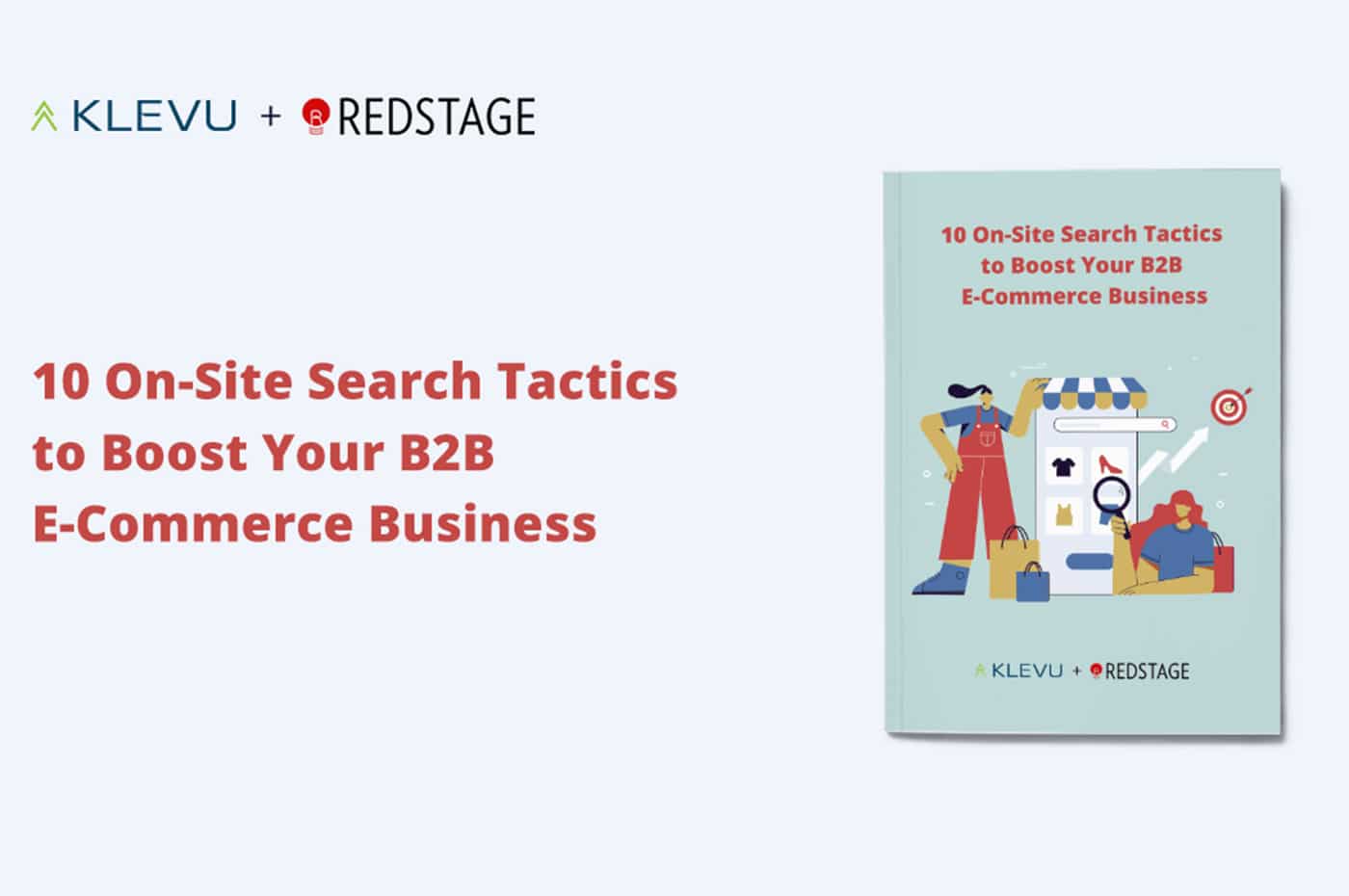
“As far back as 2014, 60% of B2B buyers said an on-site search was one of their top three features, with a further 48% of B2B sellers citing enhanced search as a top technology priority. Shoppers who interact with on-site search are typically 216% more likely to convert and generate up to 14% of all revenue. Make sure you’re paying close attention to the way your B2B operation caters to this profitable segment.
This guide will walk you through 10 ways enhanced on-site search can be used to help B2B retailers earn outstanding ROI.” — Get The Full Guide Here
7 Ways B2Bs are Investing In Digital During the COVID-19 Crisis
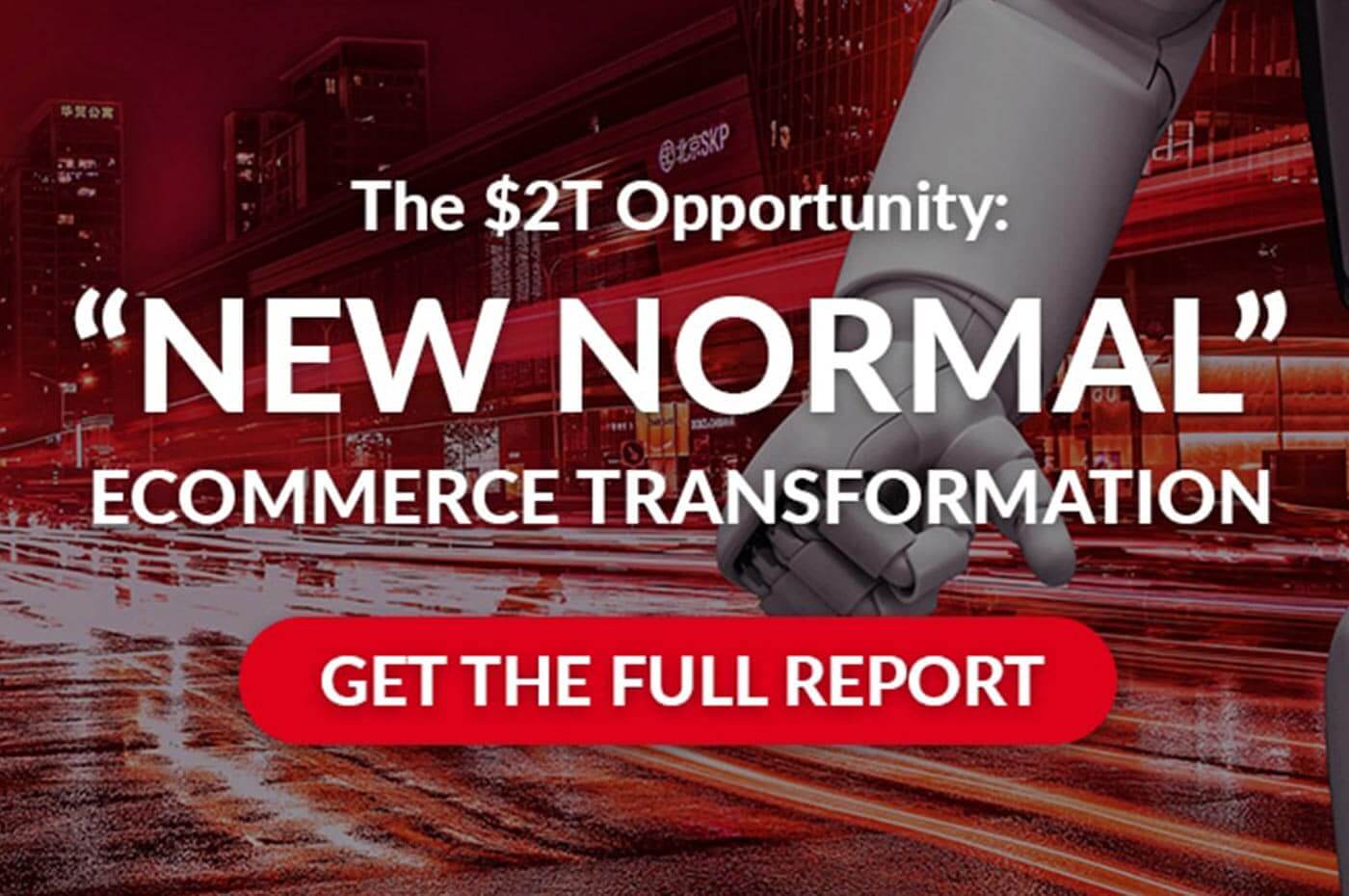
“While stock market experts work to price in risk, today’s largest retailers, wholesalers, and distributors are doing the same. What are the risks of doing nothing while we ride out the COVID-19 storm? Where and how can enterprise companies re-focus their efforts to guarantee growth once this is all over?
From remote-teams to supply chain automation and even augmented reality, the value of digital enablement has never been more apparent. In fact, only 12% of B2B companies are taking a “wait-and-see” approach to eCommerce as COVID-19 plays out. Here’s what the other 88% are doing today to ensure success down the line…” — View This Report Online Here
How to Stay Competitive in the Shifting B2B eCommerce Landscape
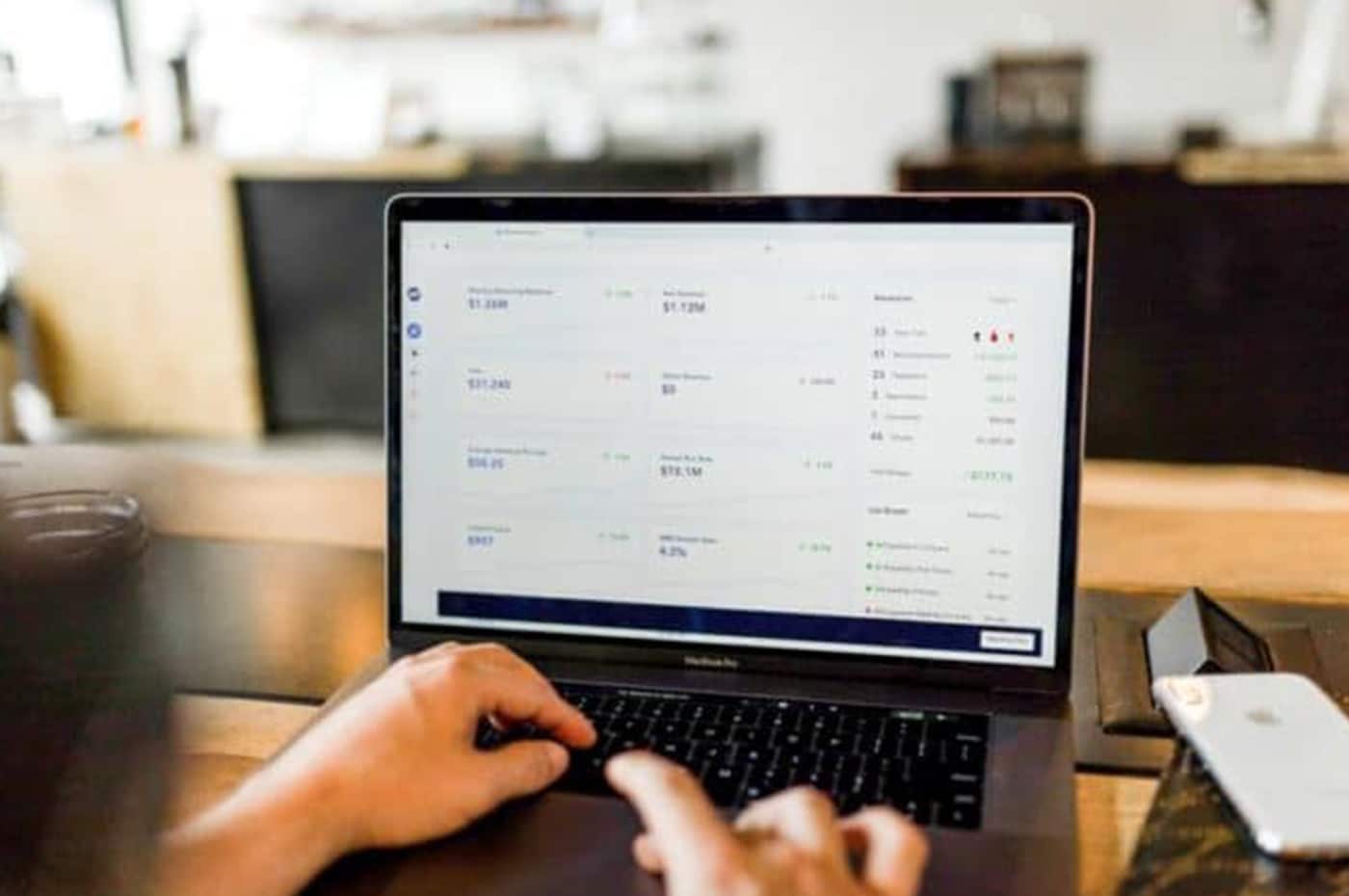
“B2B eCommerce sales are growing 7X faster than any other electronic channel. Yet, only 73% of B2B sellers sell through eCommerce or online marketplace portals today…
What does this all mean? It means there’s still some room for companies to begin their digital transformation, adopt eCommerce, or build industry-specific online marketplaces… B2B’s digital leaders in eCommerce are vastly outperforming their competitors. Digital B2B leaders who adopted online buying opportunities have reported up to 5x revenue growth, 8x operating profit growth, and up to double their return on shareholder growth.” — Find Out More Here
3 eCommerce Technologies B2B Sellers Need

“In 2019, customers became bolder with their demands and expectations. You may have learned how to satisfy them with evergreen content, site optimization, and fraud protection. However, as 2020 picks up, merchants need to stay one step ahead of the competition by studying trends and going beyond customer expectations.
These 3 new eCommerce technologies help B2B companies boost sales and improve shopping experiences…” — Learn more about all 3 technologies here.
2020 B2B Industry Trends: Marketplace, Customer, and Business IT Insights

In a webinar hosted by CEO Adam Morris, he helps B2B Digital Leaders determine the new buyer personas they must tend to in the shifting B2B eCommerce market. Also, he demonstrates the newest trends threatening to disrupt B2B companies in 2020 and beyond.
Learn more about how to tend to millennial buyers, how B2B marketplaces are taking over, and insights from real merchants on centralizing and decentralizing data. This webinar is a can’t miss opportunity for growth. — Watch this Insightful Webinar Here
2020’s Biggest Threat to B2B Companies
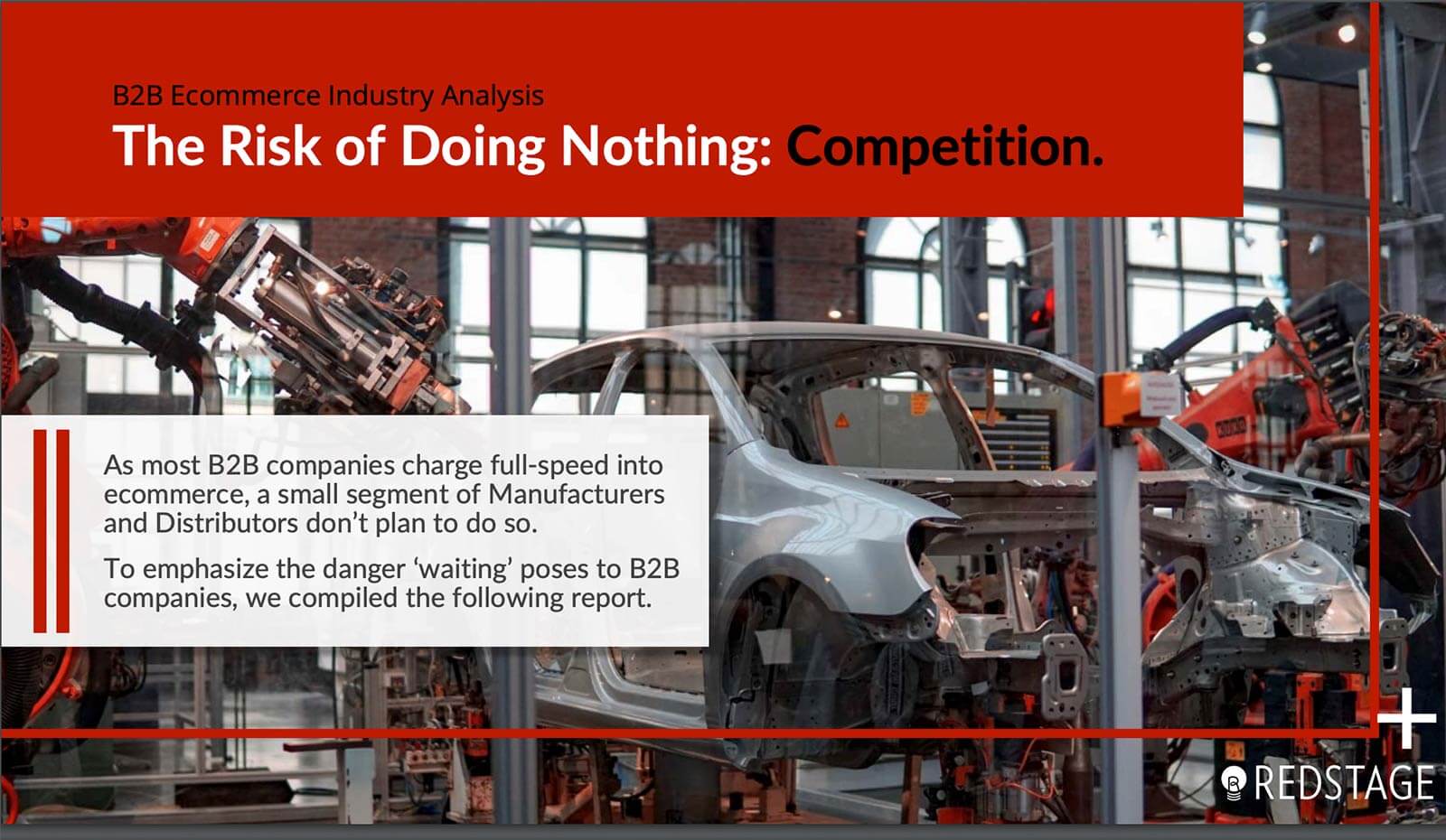
“In manufacturing and distribution, digital is no longer a nice-to-have, but an absolute necessity to stay competitive. In a digitally optimized organization, front-end customer experiences can connect seamlessly with back-office operations. This produces an extremely fast and efficient business environment that customers prefer. A ‘wait and see’ approach is no longer a viable option. It’s an invitation to customers to abandon ship, and an invitation for the competition to outpace you.”
With insights into the biggest B2B verticals from experts with real-life experience, learn more about how doing nothing to enhance your digital capabilities during the Covid-19 pandemic is the biggest threat to B2B companies in 2020. — View the Report Here.
39 Genius Ways Manufacturers and Distributors Can Supercharge Their 2020 Pipeline
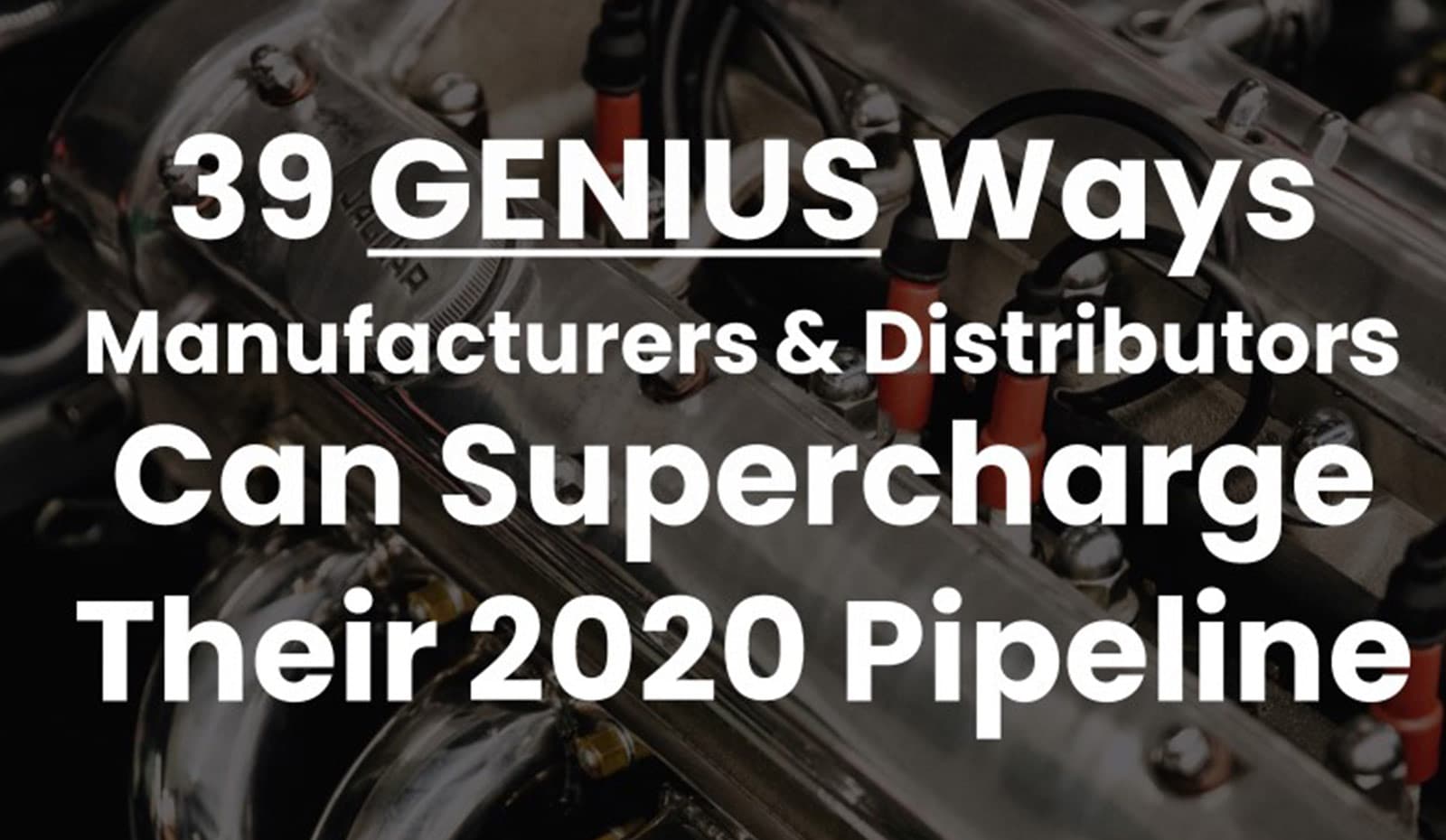
In this huge and in-depth sales guide, we’ve outlined 39 easy and genius ways B2B companies can enable their sales teams with digital back-end processes that better serve their customers and make their sales teams’ job much easier.
“A report published by Forrester in 2015 titled “Death of A (B2B) Salesman” justifies its title with a few key statistics. Forrester’s data illustrates a growing trend wherein 59% of B2B buyers prefer to research potential suppliers online, rather than talk directly to a sales rep. Most buyers prefer not to interact with sales reps because they believe salespeople focus primarily on the sale itself (and the commission), rather than providing value and a solution to problems customers face.” Learn how you can use automation and data to supercharge your sales pipelines in 2020. —Get the Full Guide Here.
Final thoughts
Throughout 2020 and beyond, Redstage is helping B2B companies become digital leaders in their industries. How? With automation, optimization, customization, and elite B2B eCommerce feature sets. If you’re not matching up to new standards, and not looking for the next big trend to elevate your eCommerce initiatives, you’re already behind on the times.
Here’s the fastest way to get your own eCommerce channel up and running: Redstage’s B2B Accelerator
2800+ Magento 1 merchants were left open to a massive cyber-attack in September that compromised the data of thousands of customers. If B2B merchant’s biggest drawback for migrating off Magento 1, or simply getting onto Magento 2, is time and cost, then let Redstage help. Read more here about the robust feature set included in our B2B Accelerator Suite, as well as look at the responsive and optimized theme. Contact us today to get started now.
Subscribe to our newsletter to ensure you never miss B2B eCommerce insights from our team. Don’t forget to follow us on Twitter, Linkedin, Instagram, and Facebook too!


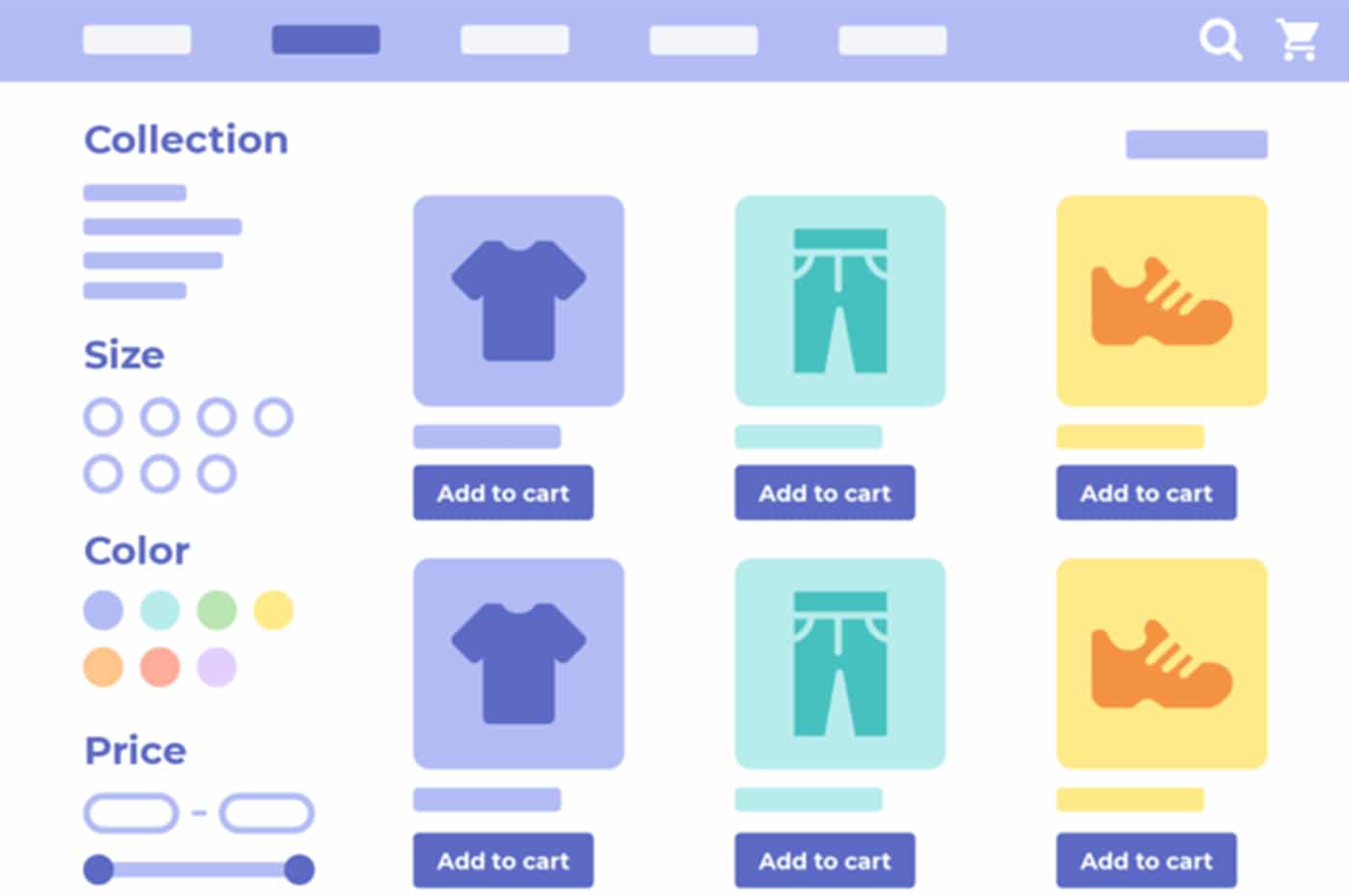


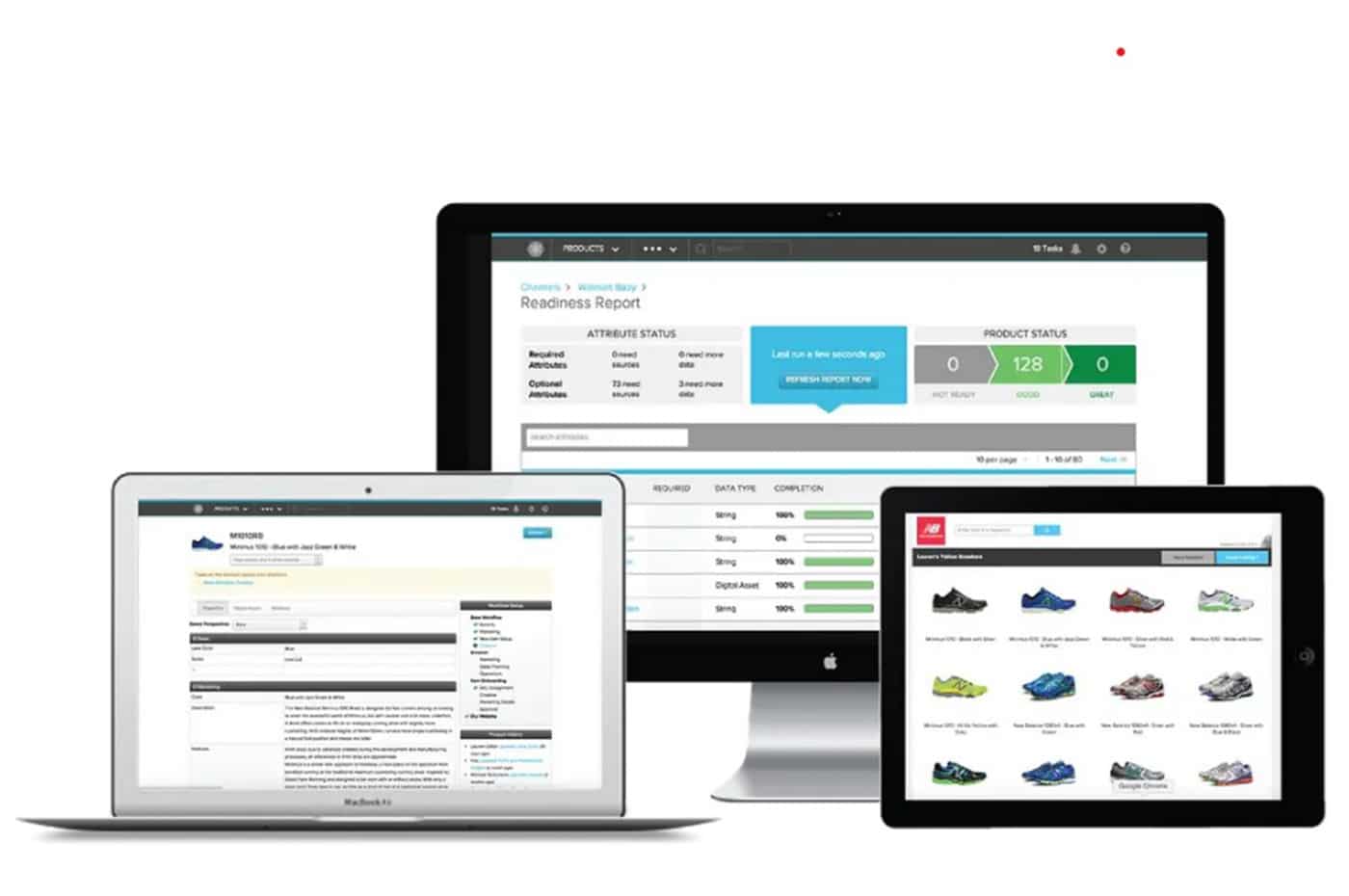


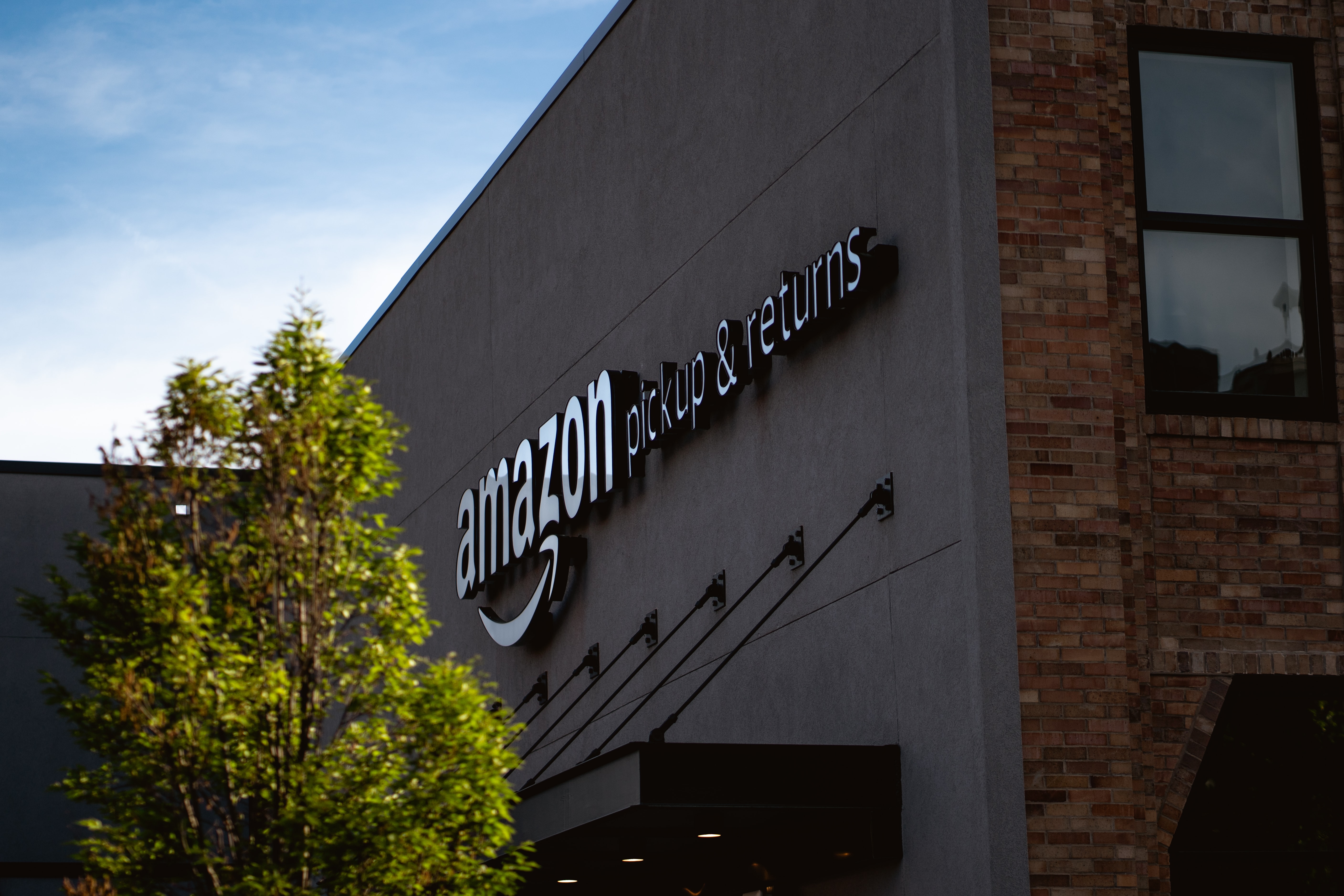





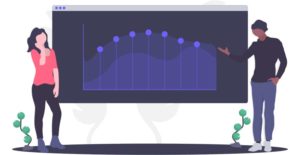




Recent Comments